Should Blades Be Consigned To History?
Former mini-tour professional Sam De’Ath has abandoned his blades irons. But are they as dead as the dodo? Not quite...
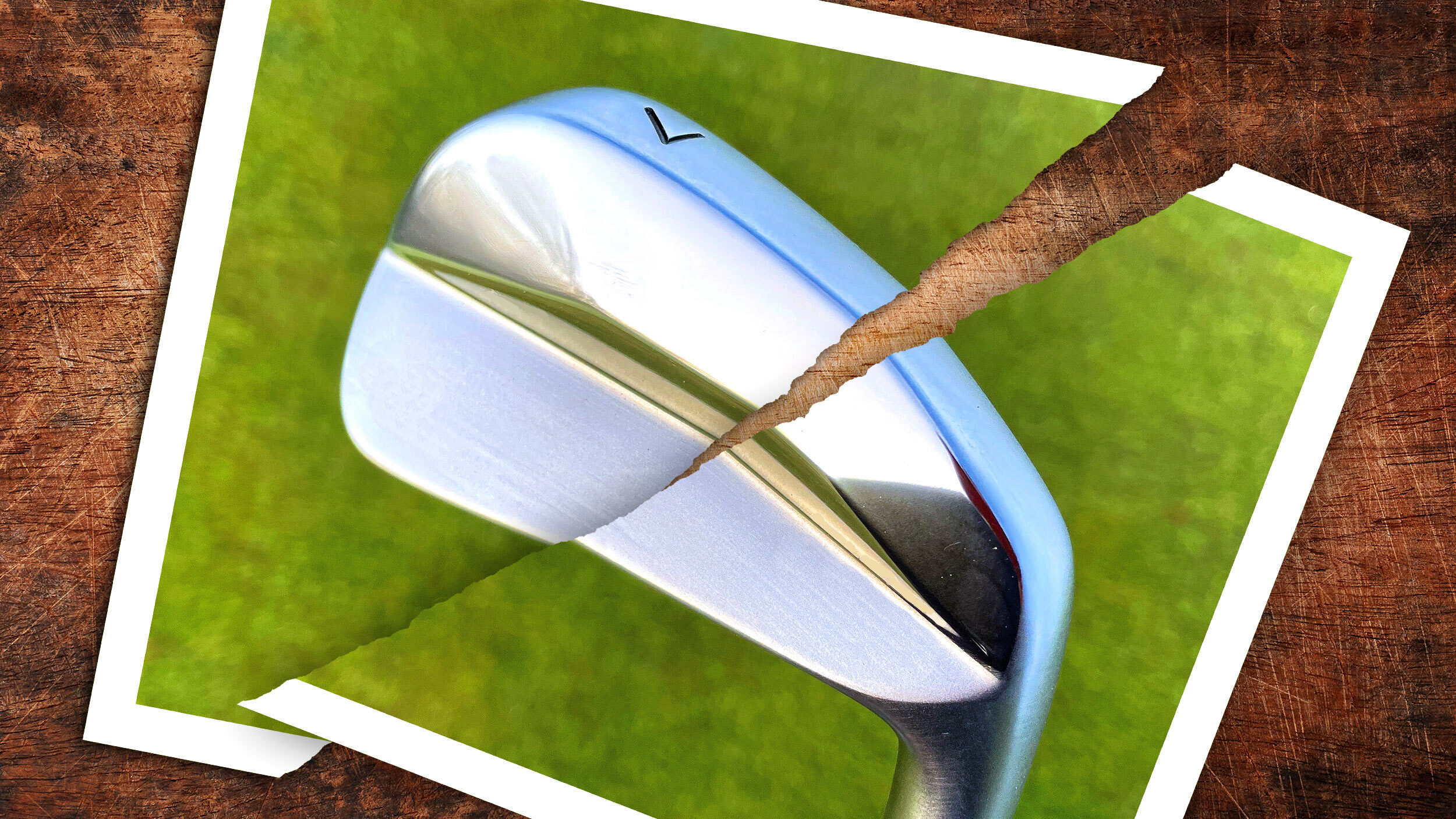
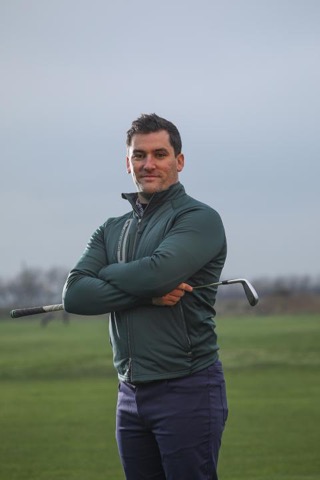
With major manufacturers spending millions of dollars every year on R&D and engineering, is it fair to suggest that muscleback irons, otherwise known as blades, are becoming a thing of the past? Without wanting to sit on the fence, the answer is not a straightforward yes and no. As is often the case with golf equipment, so much of what goes in a player's bag is largely down to personal preference. However, with recent advances in design among the best golf irons, the demographic of golfers that will suit blade is certainly getting even smaller.
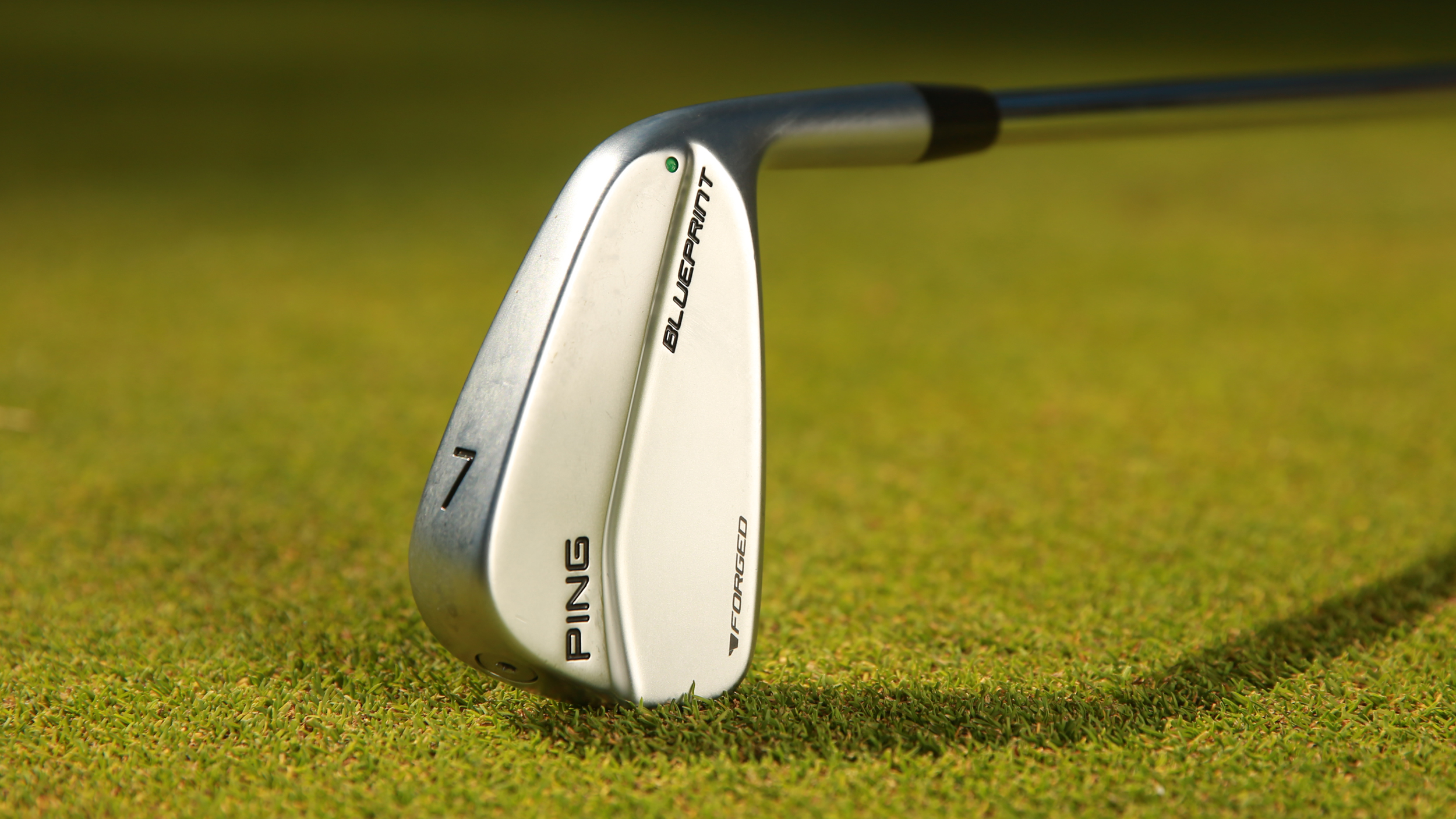
Ping Blueprint Iron
So what are blades? Most blades are forged from a single piece of soft metal, which gives off a soft, yet powerful sensation when striking the ball out of the center of the clubface. The difficulty most players face when using a blade is the penalty on mishits. Blades boast a traditional look with a thin topline and next to no cavity on the back of the iron. The design of blades has changed very little from the initial concept of this style of iron and only a few models, such as the Ping Blueprint irons and the Callaway 2024 Apex MB irons, now feature additional technology in the form of tungsten weight ports which have increased MOI (Moment of Inertia) and in turn, forgiveness.
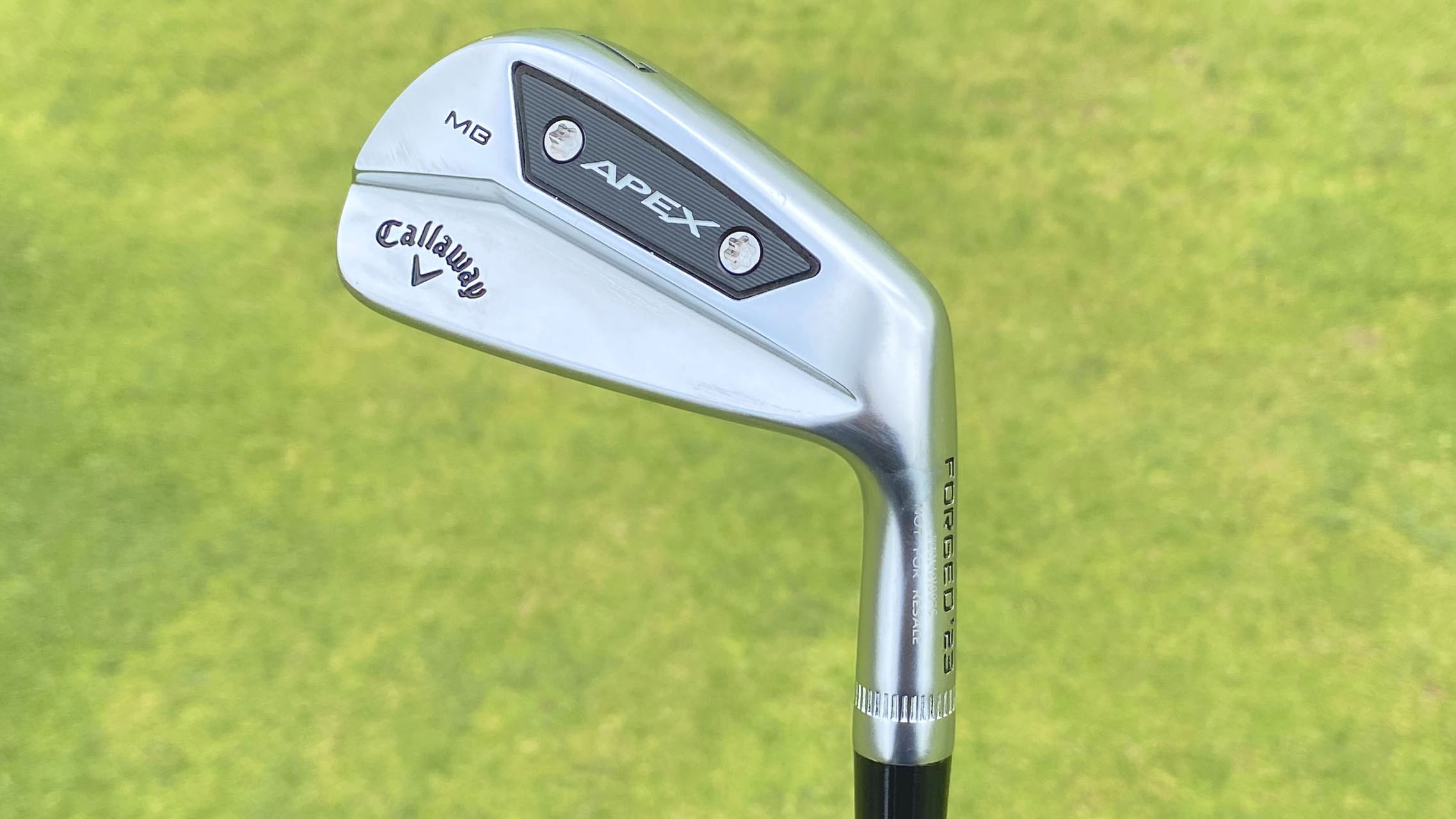
Callaway Apex MB 2024 Iron
While there’s no denying that a set of blades looks fantastic in the bag and is a status symbol to your playing partners or opponents that you mean business, they do offer very little in terms of forgiveness and tend to have a much higher centre of gravity due to the narrow sole, promoting a lower launch, which really only suits golfers with fast swing speeds. Golfers' egos have gotten in the way of letting them play equipment that would best suit their ability and this is extremely relevant when it comes to golfers using blades, instead often choosing to play the irons their favourite tour player uses.
Despite most brands still offering a bladed model in their iron lineups, more and more Tour professionals are moving into muscle-cavity or compact players' irons, which are usually the best irons for low handicappers. These irons offer much of the same technology found in some of the most forgiving irons that each brand has to offer while still offering it in a compact, bladed looking head at address. We see a lot of hollow designs filled with a foam-type material to get faster, more consistent speeds across the face but with sound dampening qualities so the golfer experiences a forged-like feel.

The main reason Tour pros or better players will tend to use blades is for the workability or shot-making that these irons offer. With little technology in a blade, more confident ball strikers can unleash their creativity by curving and flighting the ball to access tight pin locations. Collin Morikawa is a prime example of a golfer who has recently made the switch into only using blades in his scoring irons (7-PW) and then uses slightly more forgiving irons in the TaylorMade P7MC and P770 as he advances into his longer irons to offer more launch and forgiveness.
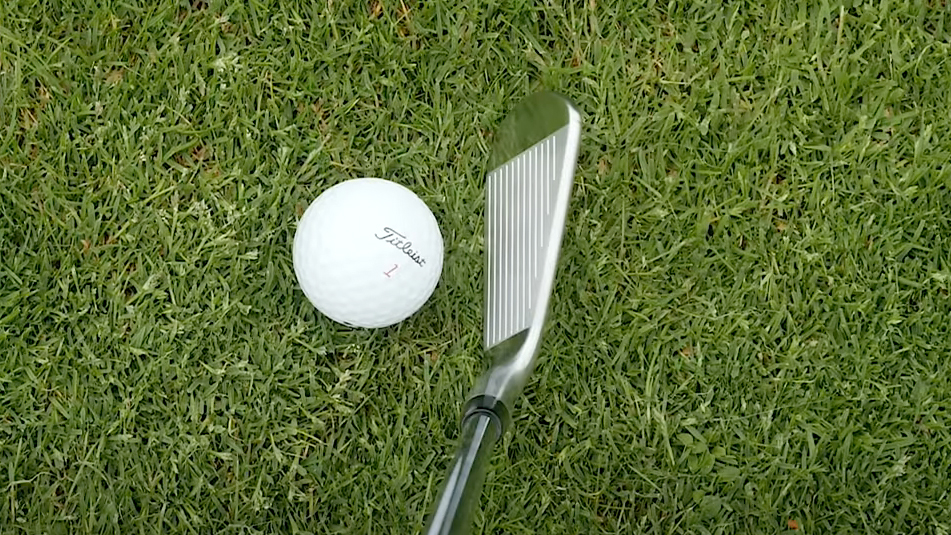
Titleist 620 MB iron at address
As someone who played in the U.S collegiate system and professionally over a four-year span using blades and has now switched into a combo set, I can honestly say I wished I had done it sooner. When playing at my best I loved the set of Titleist 620 MB irons, but there was no escaping the fact that when my ball-striking was off, I was often seeing the ball curving offline and regularly saw the ball fall out of the sky up to 10 yards short of my desired distance. I now find myself hitting far more greens when I turn up with my B-game at the course and certainly don’t feel half as nervous as I did from 200 yards out with a bladed 4-iron.
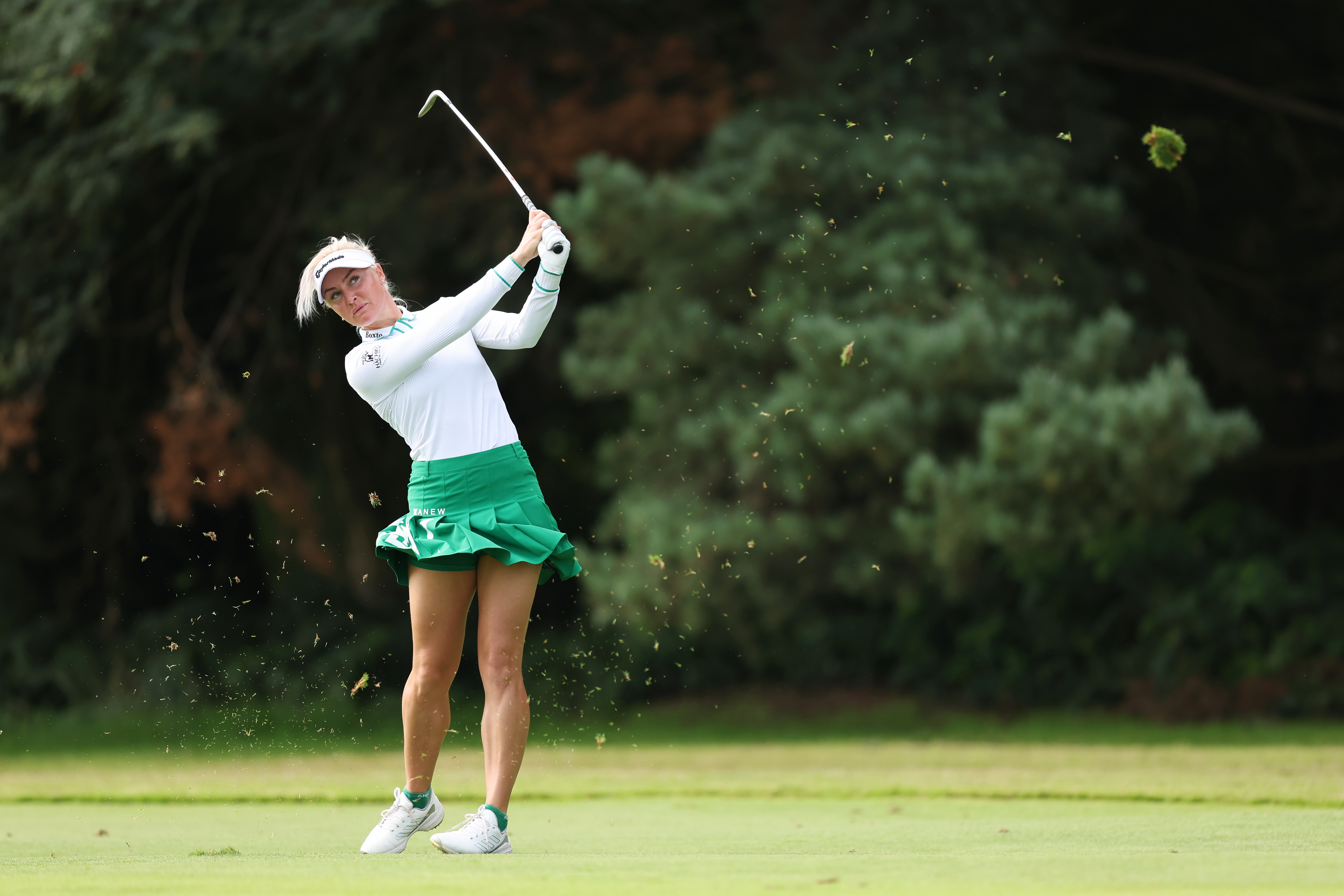
There are many stories such as that of Charley Hull, where she grew up with blades and so is far more confident with them compared to the likes of an iron with more forgiveness and slightly larger topline. Some of the game's top players such as Tommy Fleetwood, Rory McIlroy and Scottie Sheffler are all examples of players who still use blades the whole way through the bag and continue to have plenty of success. But their ball-striking capability and speed affords them the chance to use blades successfully, where the majority of amateurs simply don't possess the skills or consistency to justify their employment.
Get the Golf Monthly Newsletter
Subscribe to the Golf Monthly newsletter to stay up to date with all the latest tour news, equipment news, reviews, head-to-heads and buyer’s guides from our team of experienced experts.
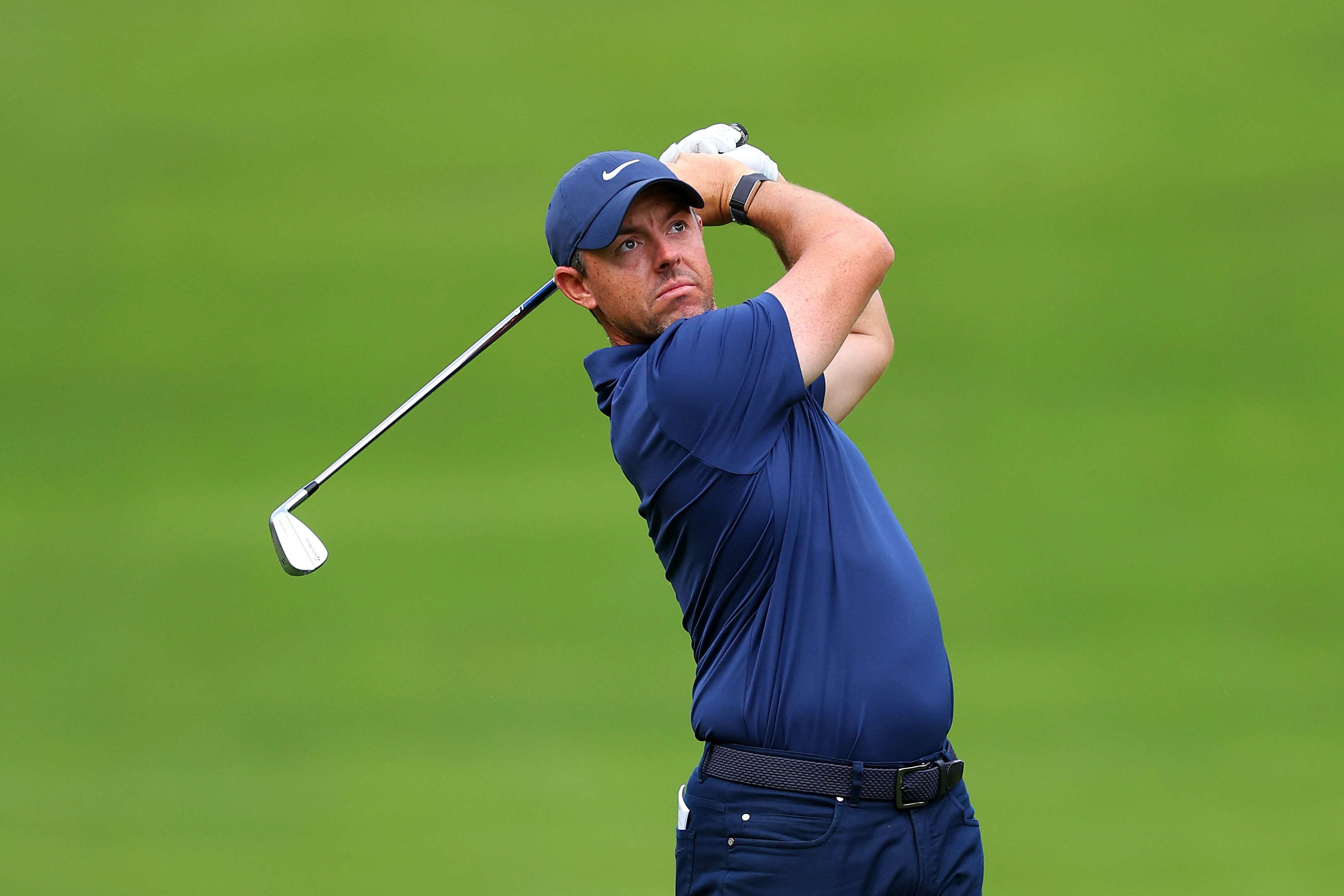
So will blades ever become completely extinct? I don’t think so. Should more club golfers step away from using blades? Absolutely. There are so many irons out there that offer the workability and aesthetics similar to that of a blade, with added forgiveness and just as much consistency of speed and distance from every type of lie.
As I alluded to before, golf is played largely in the mind and so having equipment you are comfortable and confident with is half the battle, but there’s no denying most club golfers with blades would be better off leaving those at home and playing an iron that helps them achieve better results on the course.
What is a bladed iron?
A bladed iron is a traditional looking iron with a small footprint and thin topline. 'Blades' as they are known by are often forged from a single piece of metal.
Should you play bladed irons?
Bladed irons are particularly hard to hit due to the small, compact head and are designed be used by golfers who find the center of the face almost every time. They offer great feel and workability when struck out of the sweet spot on the club.

Sam has worked in the golf industry for 14 years, offering advice on equipment to all levels of golfers. Sam heads up any content around fairway woods, hybrids, wedges, putters and golf balls but also writes about other equipment from time to time.Sam graduated from Webber International University in 2017 with a BSc Marketing Management degree while playing collegiate golf. His experience of playing professionally on both the EuroPro Tour and Clutch Pro Tour, alongside his golf retail history, means Sam has extensive knowledge of golf equipment and what works for different types of golfer.
Sam’s current What’s In The Bag?
Driver: TaylorMade Qi35 9°
Fairway Woods: TaylorMade Qi35 15°, Srixon ZXi 18°
Irons: TaylorMade CB (6-PW) P770 (4-5)
Wedges: Titleist Vokey SM10, 50°, 54°, 60°
Putter: Kevin Burns 9307
Ball: Titleist Pro V1x
-
 JM Eagle LA Championship Prize Money Payout 2025
JM Eagle LA Championship Prize Money Payout 2025The LPGA Tour heads to California for the JM Eagle LA Championship, where the largest prize money payout of the season so far is on the table
By Mike Hall
-
 Corales Puntacana Championship Prize Money Payout 2025
Corales Puntacana Championship Prize Money Payout 2025The PGA Tour’s latest opposite field event features an attractive prize money payout and some former champions in the field
By Mike Hall
-
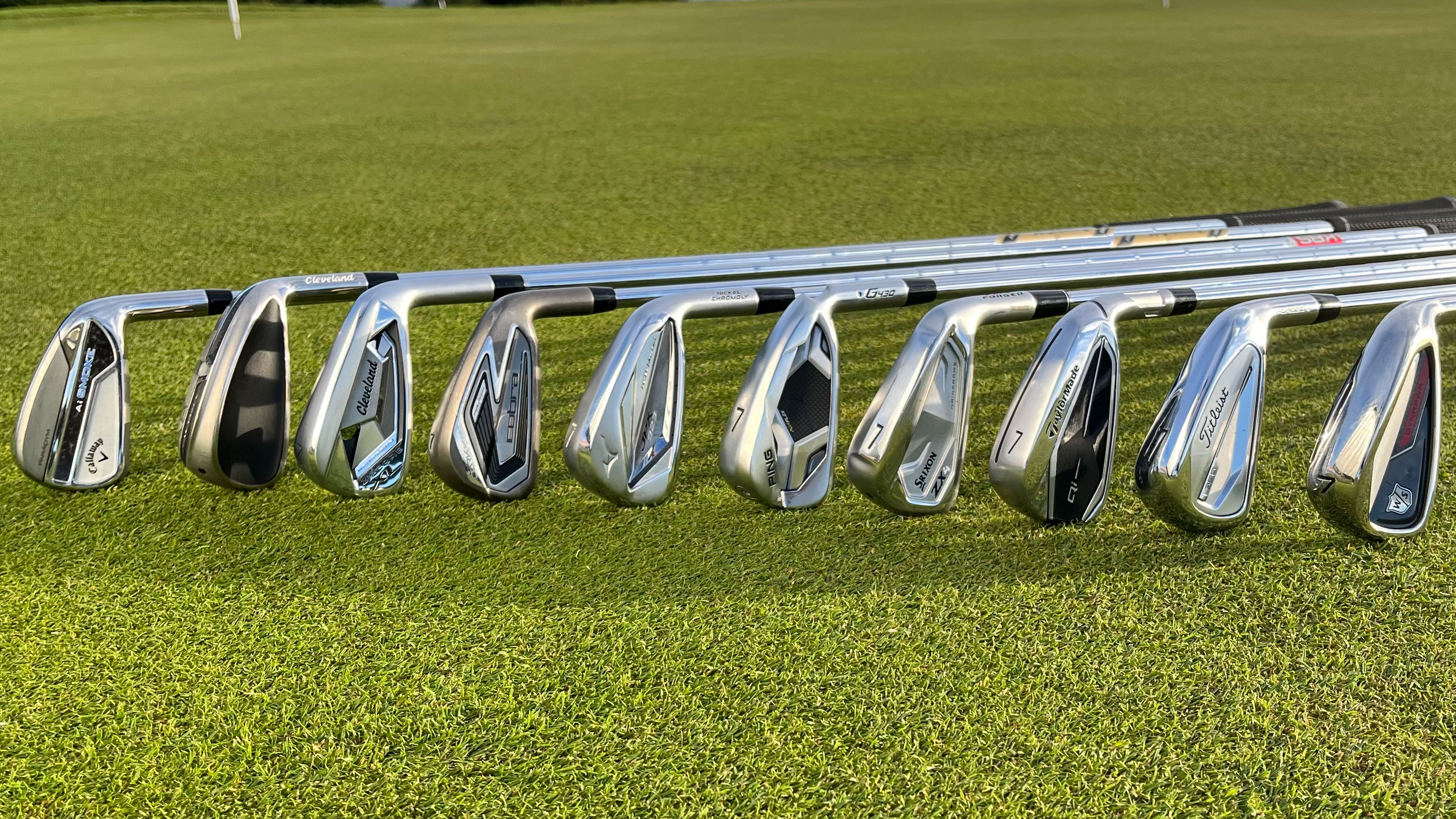 Do You Need Stronger-Lofted Irons? The Arguments For And Against
Do You Need Stronger-Lofted Irons? The Arguments For And AgainstAre you looking for greater distance? We look at the pros and cons of playing irons with stronger lofts
By Michael Weston
-
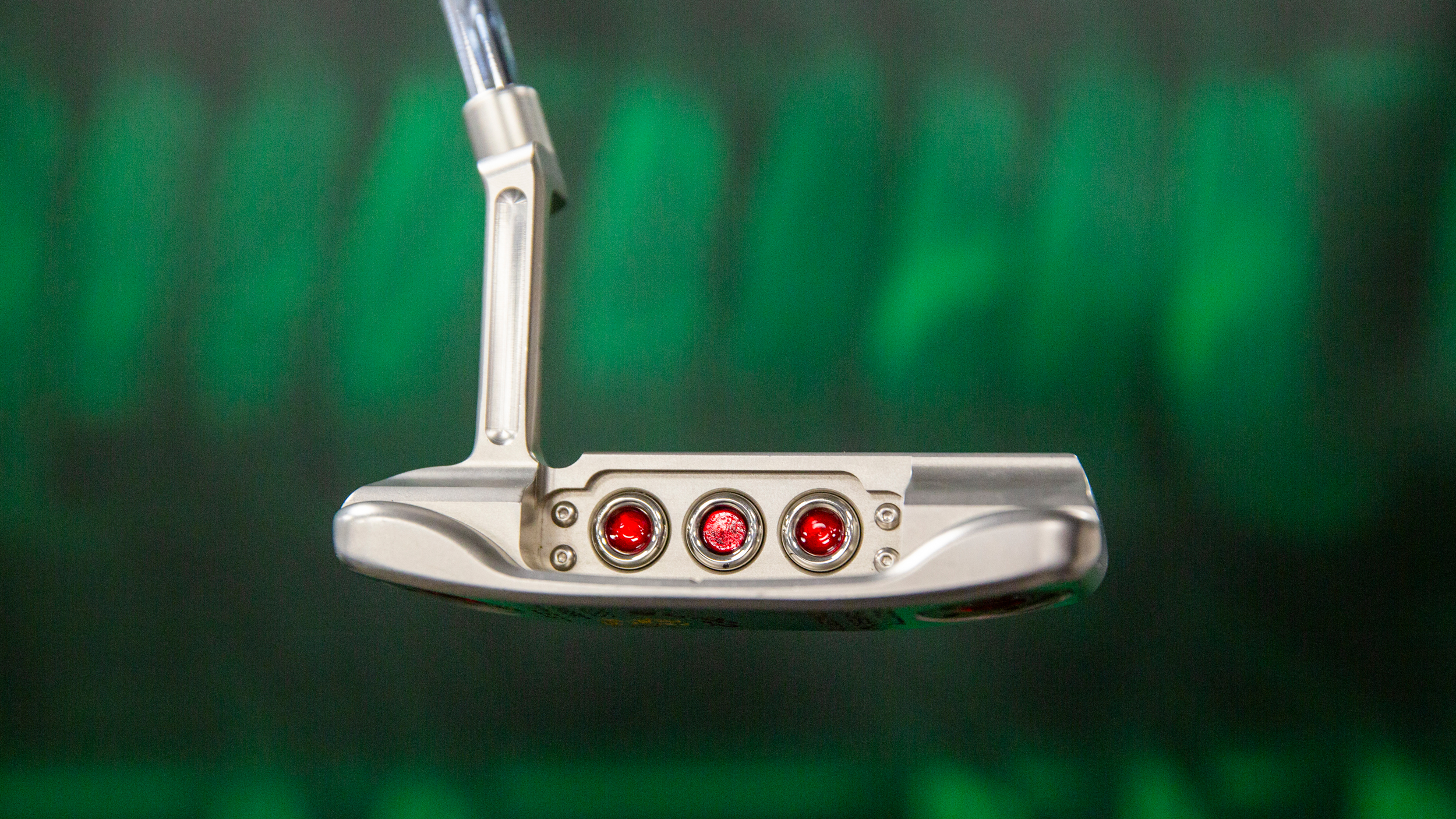 What Is My Putter Worth?
What Is My Putter Worth?Is now the time to part with your flatstick? You might be wondering how much it's worth, but there are many factors to consider that will affect its value...
By Michael Weston
-
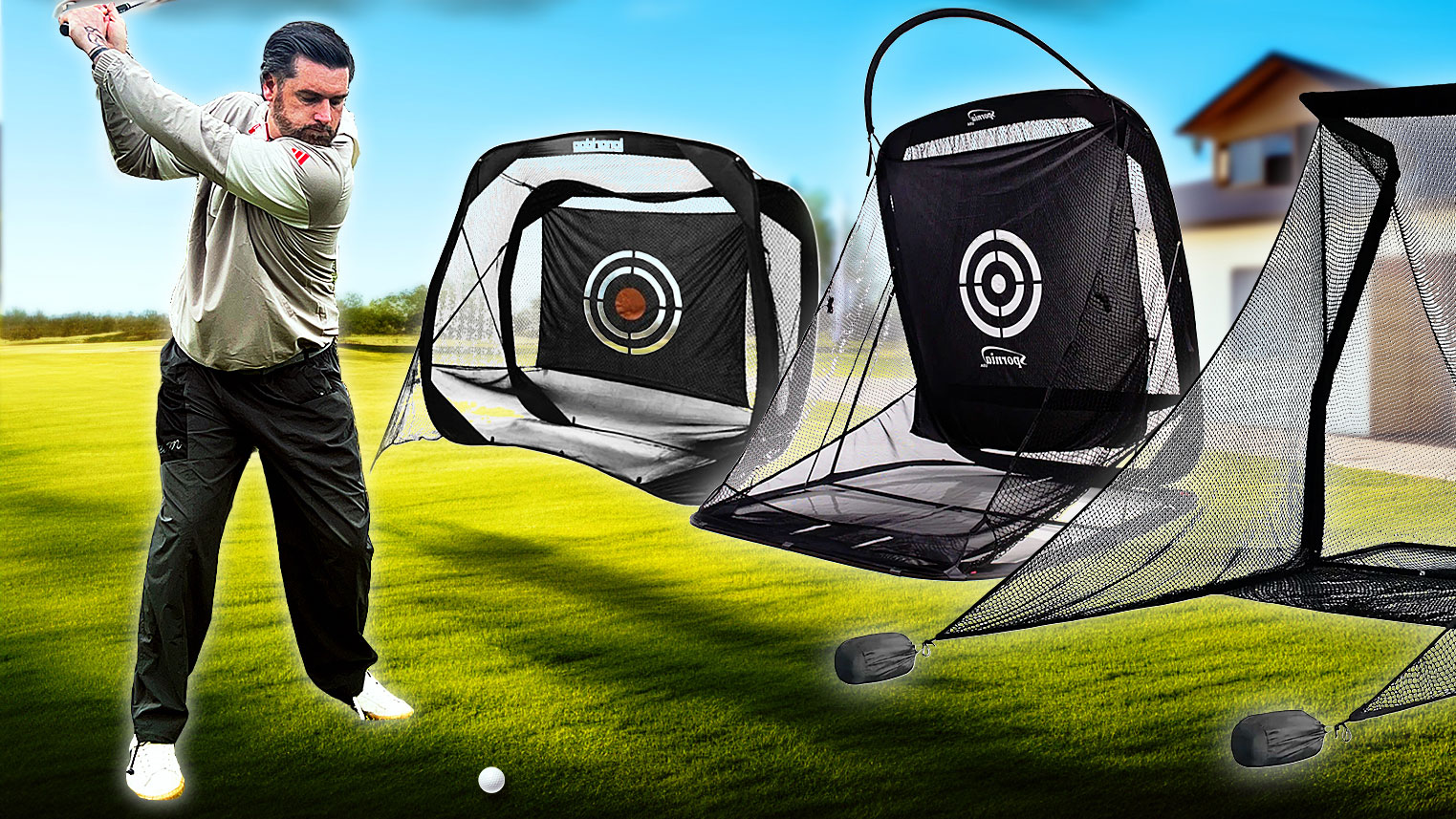 I Tested 5 New Golf Practice Nets And One Really Stood Out
I Tested 5 New Golf Practice Nets And One Really Stood OutJoe Ferguson has been looking at some home practice solutions to see which one might best suit your needs and budget
By Joe Ferguson
-
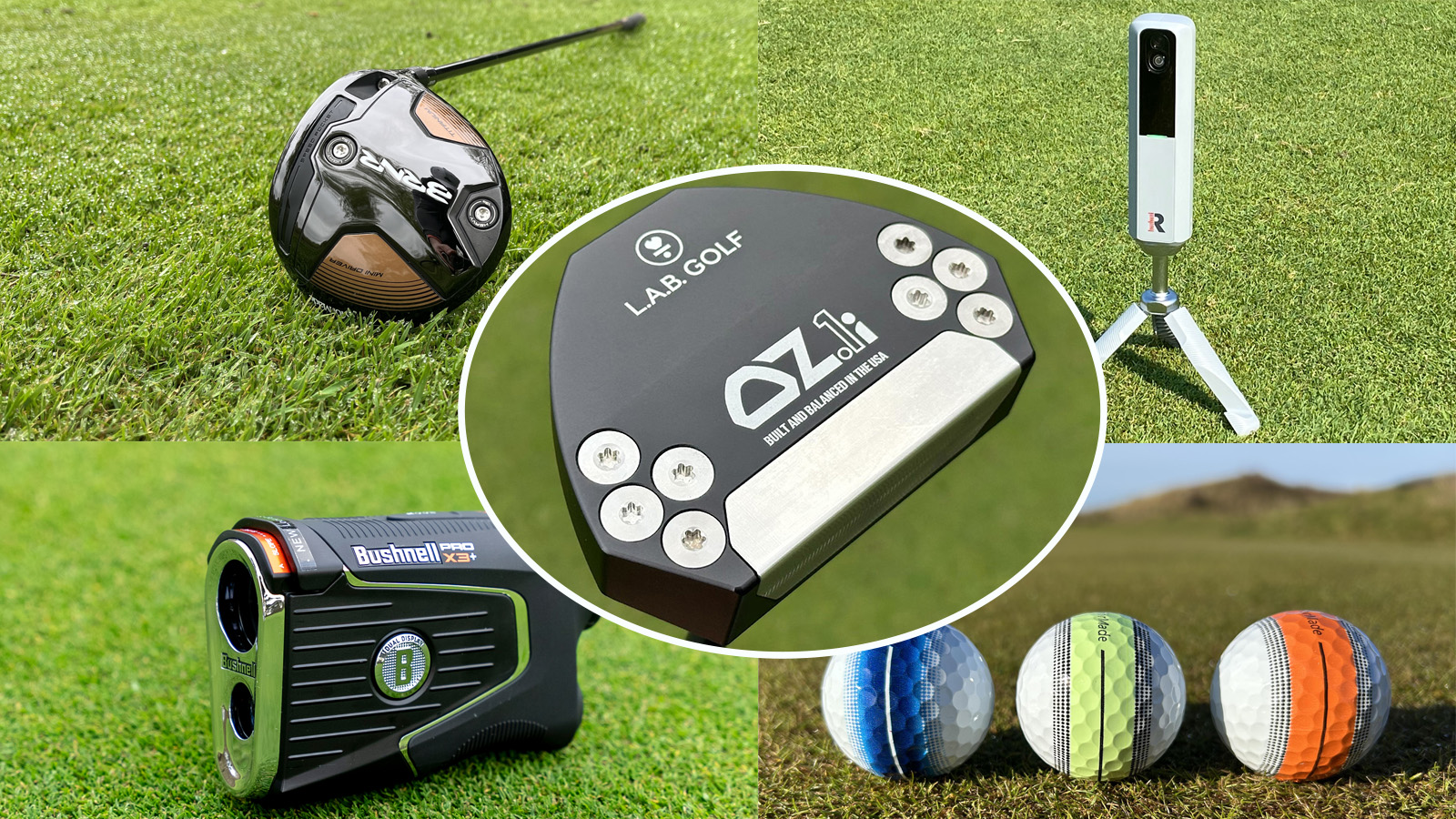 The 7 Biggest Golf Gear Trends In 2025
The 7 Biggest Golf Gear Trends In 2025Take a look at the most popular golf equipment trends of 2025 and why your game may benefit from them
By Sam De'Ath
-
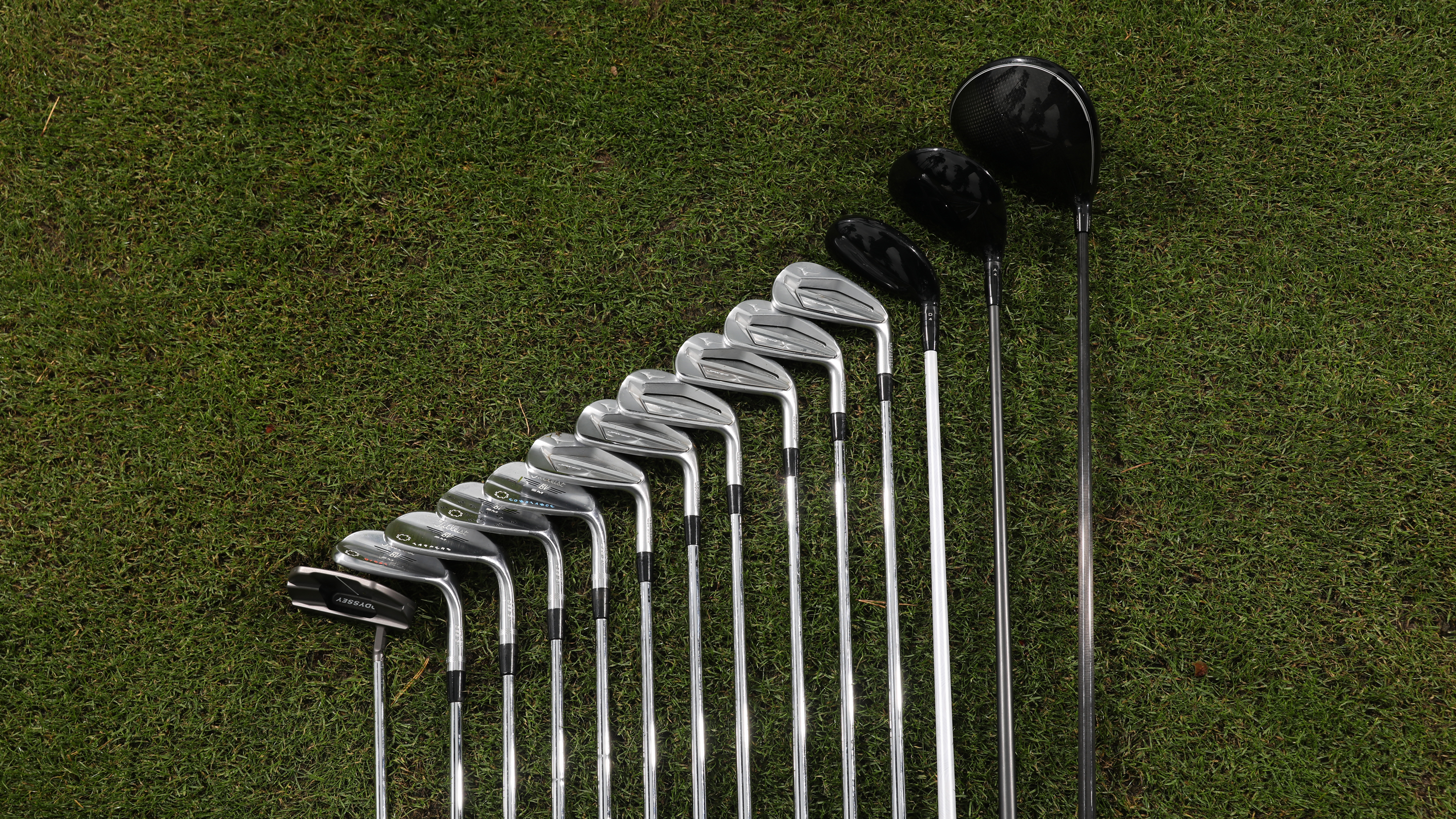 What Club Should Take The 14th Spot In Your Golf Bag?
What Club Should Take The 14th Spot In Your Golf Bag?The Rules say you are allowed to carry 14 clubs so you might as well do so, choosing the right weapon to complete your set-up could change your game.
By Fergus Bisset
-
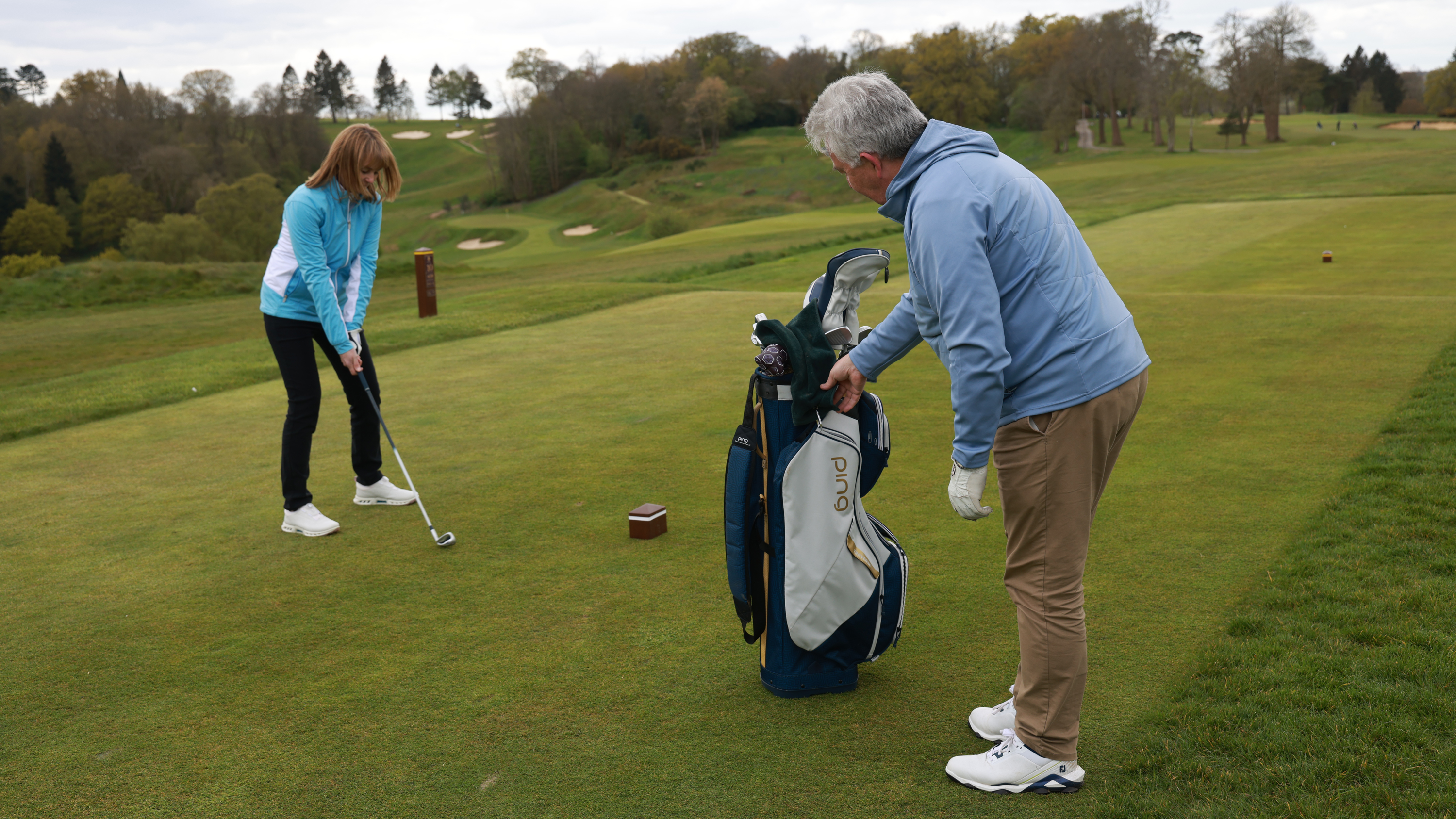 Should Some Men Use Women’s Golf Clubs?
Should Some Men Use Women’s Golf Clubs?Could a swap to women’s golf clubs help some men’s games? Is it a realistic option to make the switch? We spoke to a PGA pro to get the answer
By Fergus Bisset
-
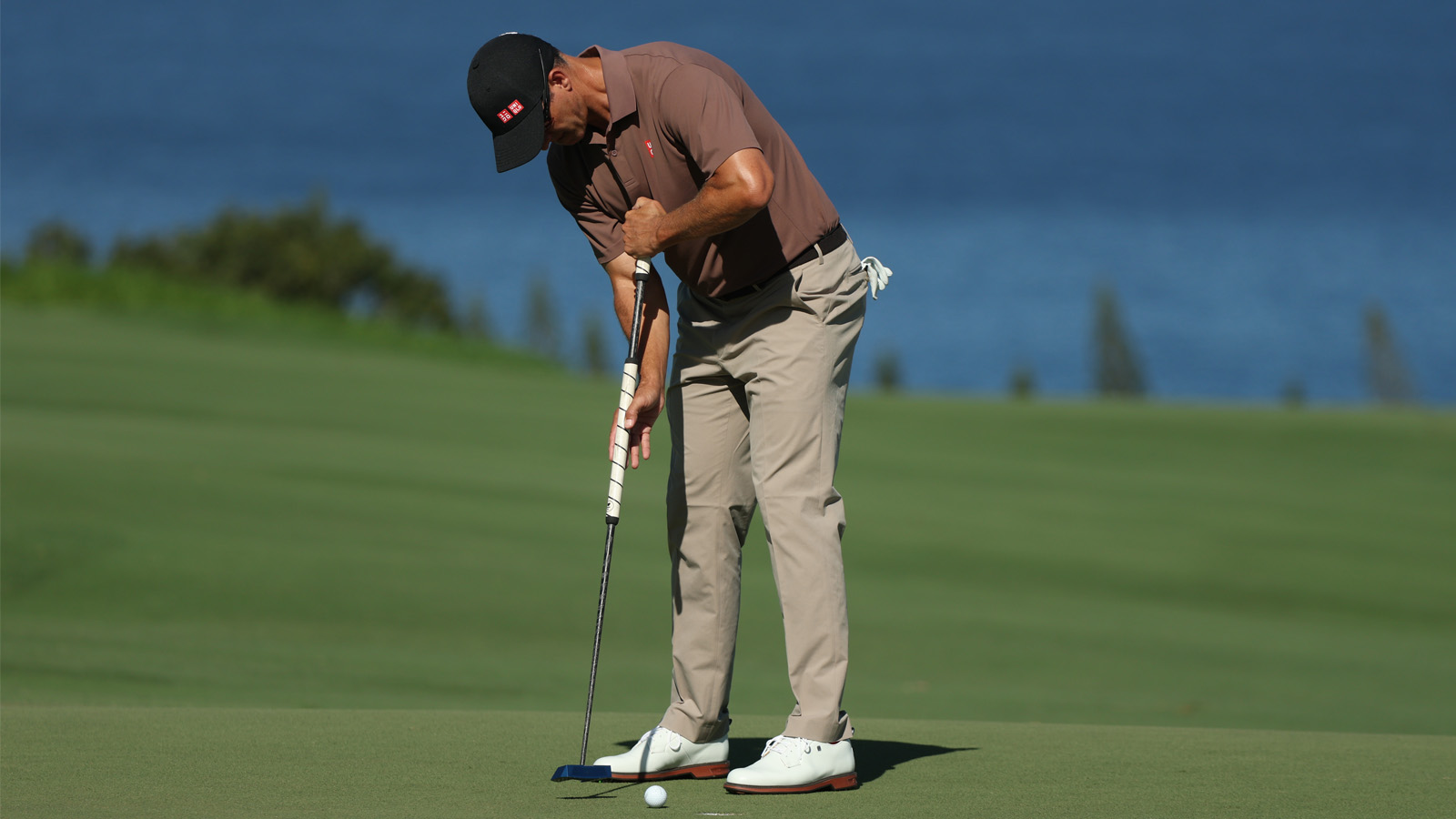 Long Putters Are On The Comeback And I Don't Like It
Long Putters Are On The Comeback And I Don't Like ItIncreasingly used by some of the best golfers in the world, are long putters making a comeback that no-one saw coming? I for one hope not
By Sam De'Ath
-
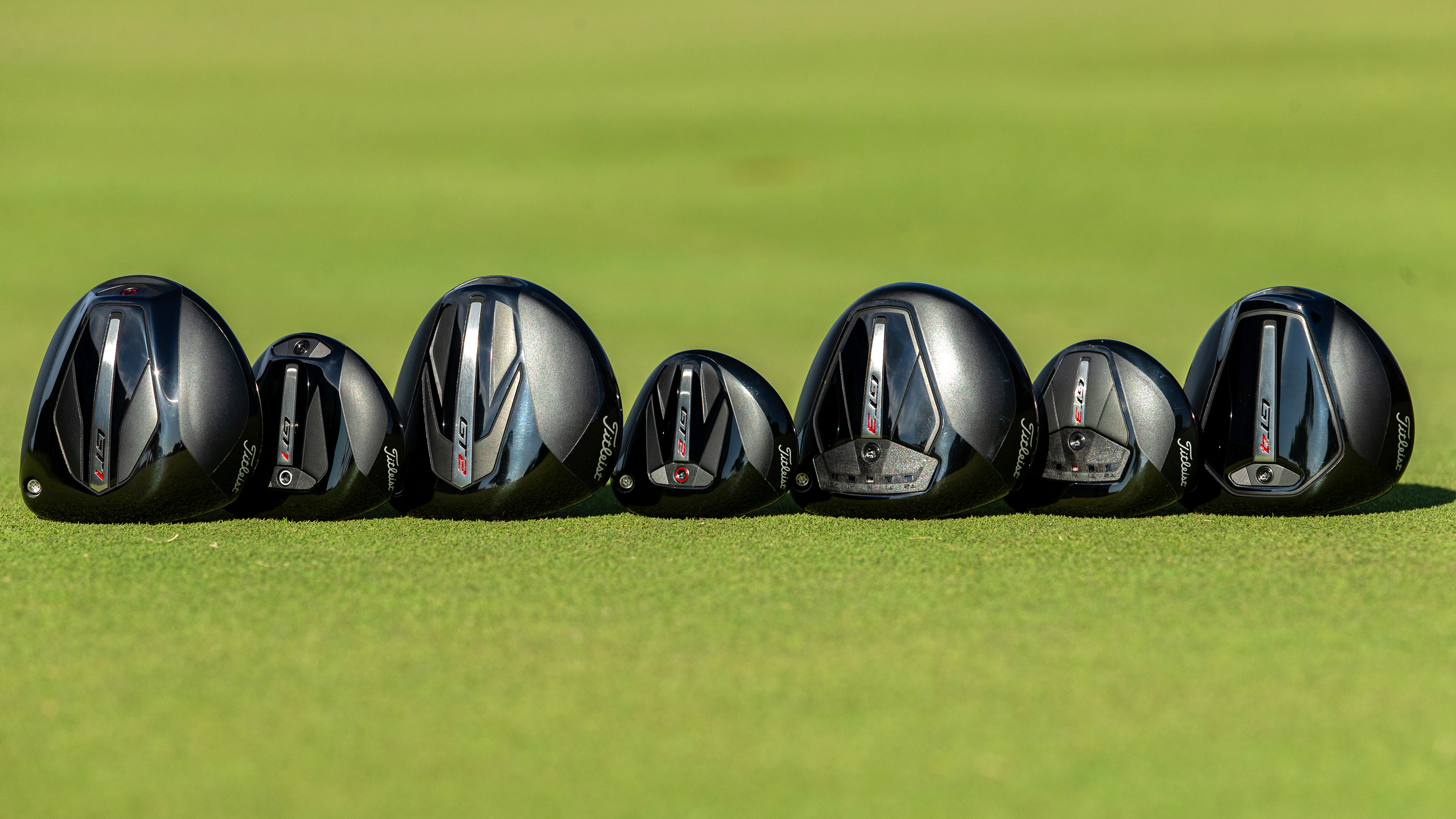 How To Build The Right Set Of Metalwoods For Your Game
How To Build The Right Set Of Metalwoods For Your GameHow should you configure the clubs at the top end of the bag? We outline everything you need to consider when choosing a driver, fairway wood and hybrid…
By Joel Tadman